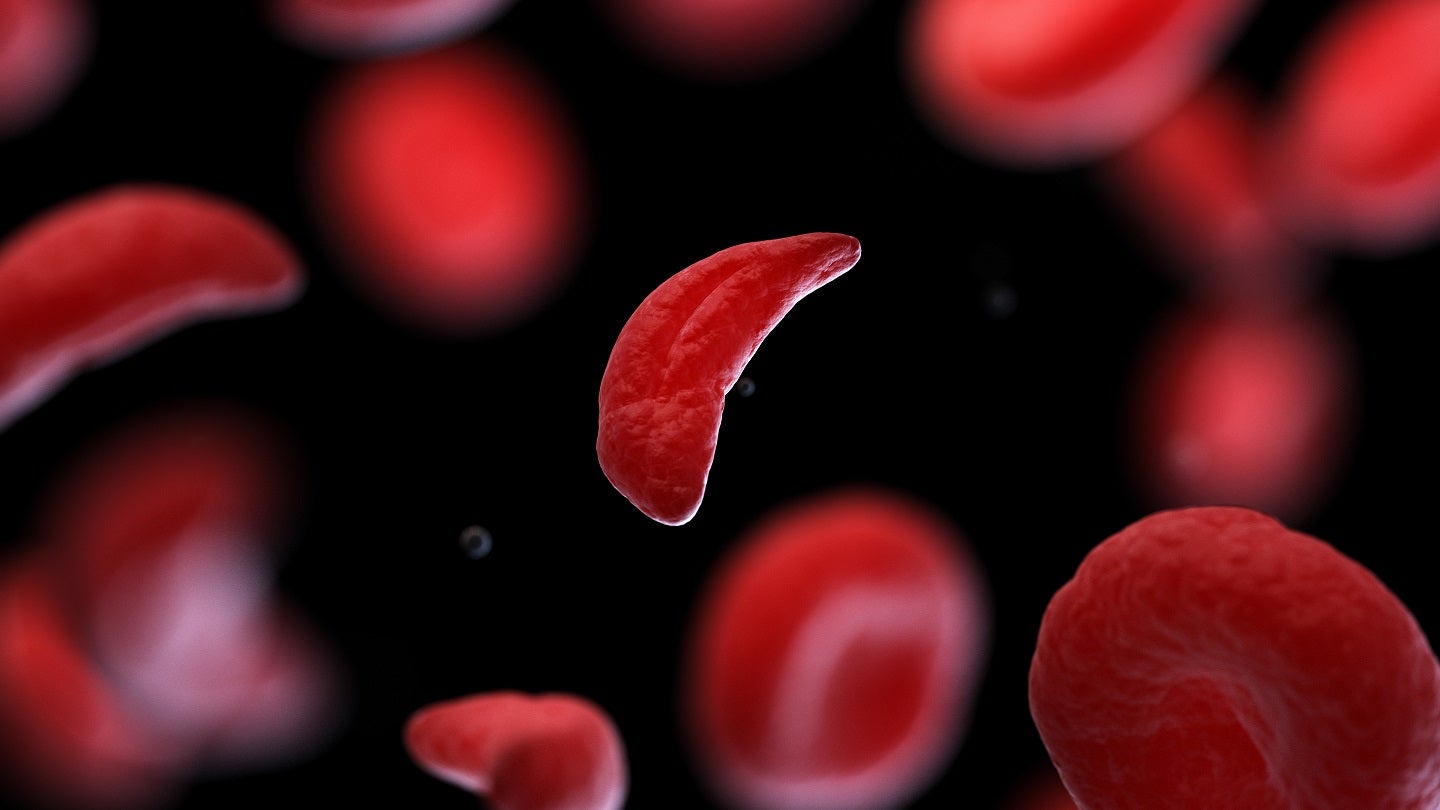
GlycoMimetics has reported positive initial data from a Phase Ia clinical trial of its E-selectin antagonist, GMI-1687, to potentially treat sickle cell disease (SCD).
The single-centre, double-blind, placebo-controlled, sequential, randomised, single ascending dose trial analysed the tolerability, safety, and pharmacokinetics of the asset in healthy subjects.
It enrolled 40 adult participants who were categorised into a 6:2 ratio to receive a subcutaneous dose of GMI-1687 or a placebo.
In the trial, five dose levels ranging from 3.3mg to 80mg of GMI-1687 were tested.
According to the findings, the trial met the primary and secondary endpoints of safety, tolerability and pharmacokinetics without any dose-limiting toxicities or safety signals reported.
Furthermore, subcutaneous dosing of the product led to achieving the target therapeutic plasma concentration and exhibited linear pharmacokinetics with quick renal clearance at all dose levels.
Discovered and developed by GlycoMimetics, GMI-1687 is bioavailable following subcutaneous dosing.
The compound is claimed to have possible usage to treat inflammatory ailments with an initial focus on SCD.
If subcutaneous dosing of GMI-1687 is proven successful in the clinic, it could be used as a patient-controlled, point-of-care therapy option for the acute onset of painful and debilitating vaso-occlusive crises (VOCs).
Currently, there is no Food and Drug Administration-approved treatment specifically for the acute onset of VOCs.
GlycoMimetics CEO Harout Semerjian said: “These positive results represent an important milestone in the development of GMI-1687 as a potential point-of-care treatment option intended to help people living with sickle cell disease when they need it most, at the onset of pain crises.
“Our Phase Ia data confirm this highly potent, second-generation E-selectin antagonist has an excellent profile for further development, with no dose-limiting toxicities or safety signals observed along with linear pharmacokinetics.
“We look forward to completing the analysis of the study and advancing partner and financing discussions that support further development of this potentially important new therapeutic option for SCD.”



